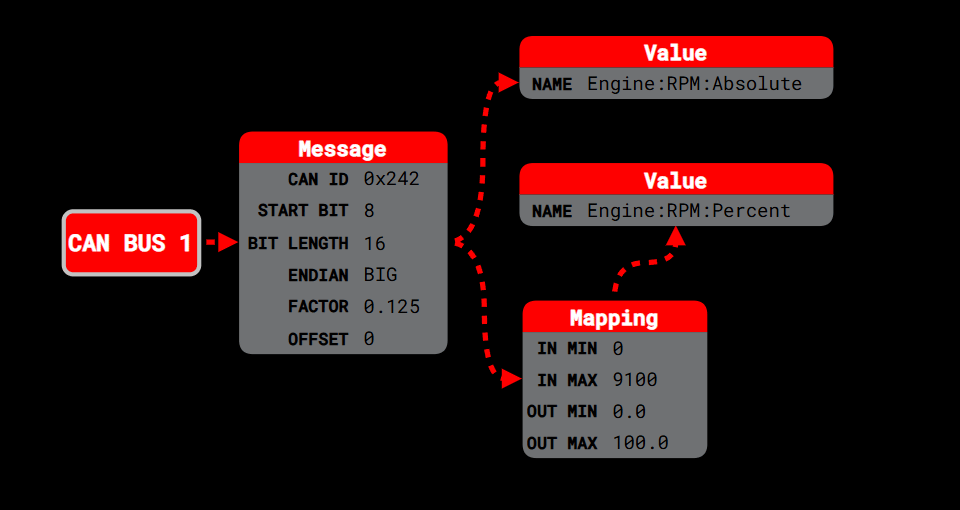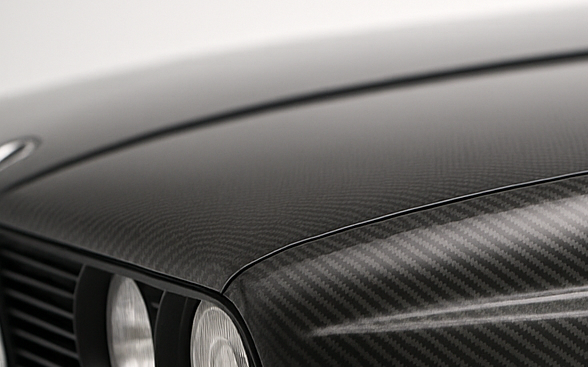OUR PRODUCTS
We interfere with your build. In the best possible way.
Simply design your UI, connect it to real data sources like CAN bus or TCP, and our system handles the rest - from data mapping to compiling the final firmware.
Whether you're a tuner, maker, or engineer, we help you create modern, responsive interfaces - without the traditional complexity.



PRODUCTS AND SERVICES
We make it for you.
Scanning and Remodeling
High-resolution scanning and clean CAD remodeling of vehicles and components - for design, simulation, or manufacturing.
Component Engineering
Design and engineering of carbon fiber parts using resin infusion, forged carbon, or prepreg methods - built to your specs.
Electronics Hardware
Custom CAN-enabled hardware for vehicle control, sensors, and interfaces - from concept to working prototype.
CLOTHING AND ACCESSORIES
We like the streets - and our street wear.
HOODIE

ABOUT
Build with purpose. Driven by curiosity.
-

2024
From Concept to Commitment
What began as a shared vision turned into action. We established our first workflows, started prototyping carbon components, and laid the foundation for our embedded systems platform.
-

2025
The first viable parts
We produced our first viable carbon fiber parts for the BMW E30 M3, dialing in tooling, fitment, and finish. These early successes validate our fabrication pipeline - and it’s just the beginning.
-
THE TEAM
We value tailored sulutions.

Adrian Marcak
Founder

Marc Densow
Founder
We're two lifelong car enthusiasts who never really left the garage, even if our careers initially took us elsewhere. With backgrounds in physics and software development, we've spent out time tinkering, building, and imagining new concepts in our free time. Starting this company is our way of turning that passion into something tangible: creating tools, parts, and systems that blend engineering discipline with a deep love for cars and the people who drive and customize them.
CONTACT
Is there anything we can do for you? Let us know!
DASH-UX
Build smarter dashboards with real-time data - without code

The node editor lets you define data sources and connect them to readable values. Each node can perform operations like mapping CAN values or transforming units. Once the values are named, they become directly usable in the UI designer as dynamic data fields. You can also define outputs that read values from UI elements, like sliders or send defined messages on a button press. We aim to support .dbc files in order for you to be able to insert your CAN database file and immediately start converting your can messages.

The visual UI editor includes a curated set of essential interface components - such as text fields, buttons, progress bars, radial gauges, and indicator dials. Each element can be positioned freely, styled individually, or themed globally to ensure a consistent look across the dashboard.
Elements are typically bound to dynamic values - either live data exported from your CAN node graph or fixed constants (e.g., static labels or icons). The editor supports layering, alignment tools, and grid snapping to streamline precise layout work. A real-time preview lets you visualize how the UI will respond to incoming data directly on your target resolution.
Your UI design can consist of multiple pages and be displayed based on some state you choose. For example the UI might display your rear-camera's feed in case the driver selected the reverse gear.
SHOP
under construction.
Our online shop is currently under constructions. Besides our merchandise, we're also planning to sell our parts and future software products here.
We're sorry for any inconveniences - please come back later.
Kind regards